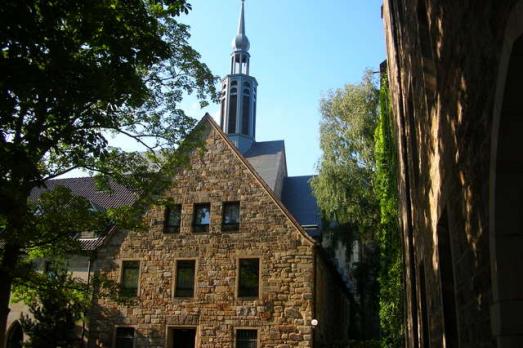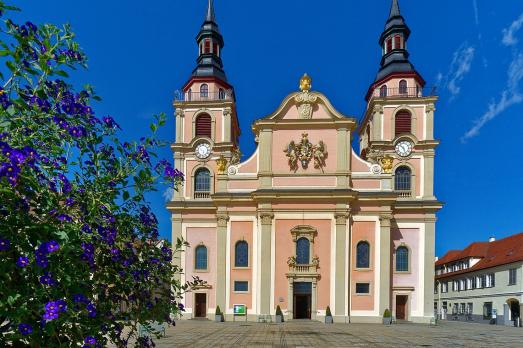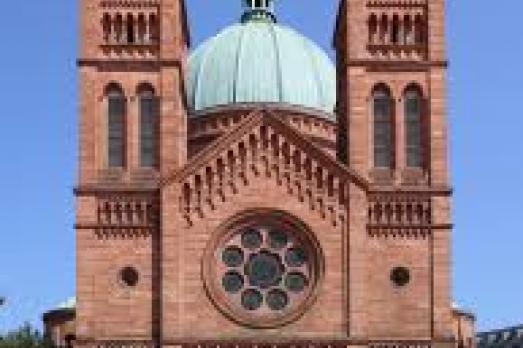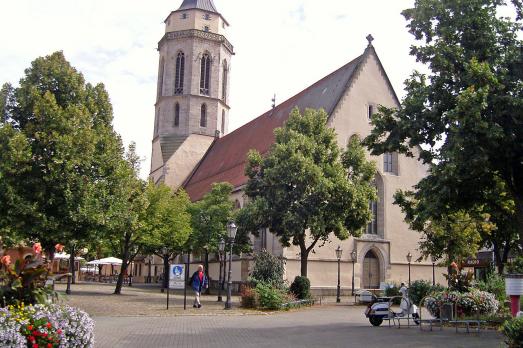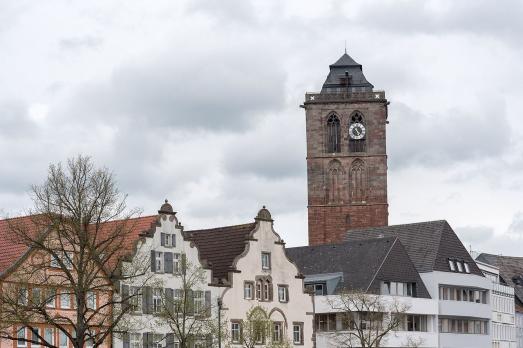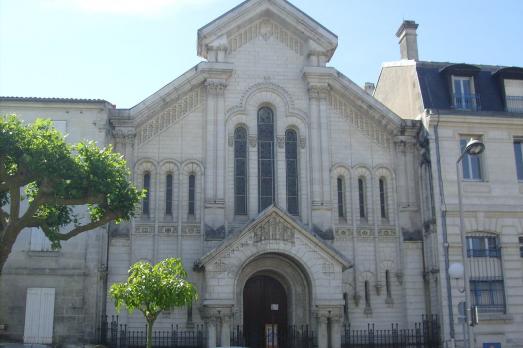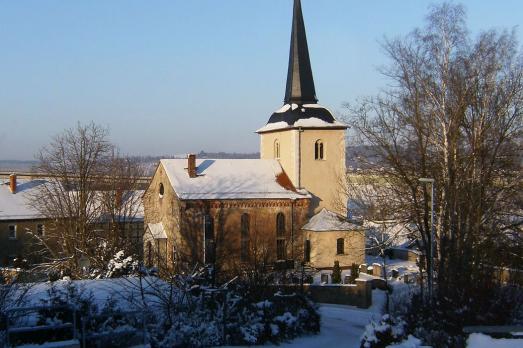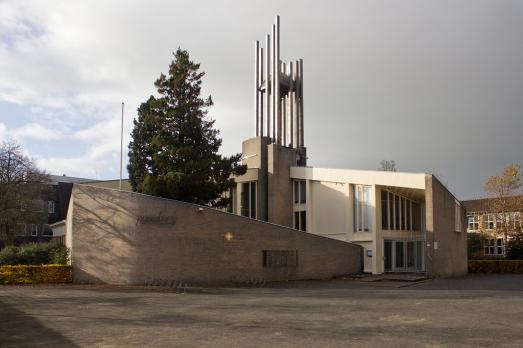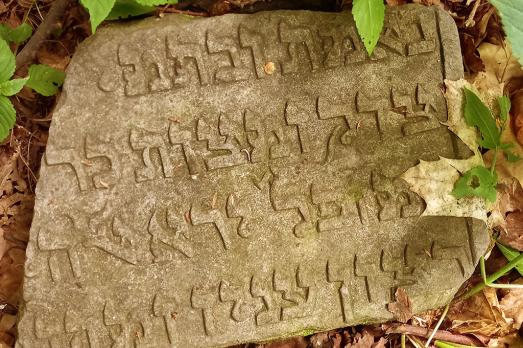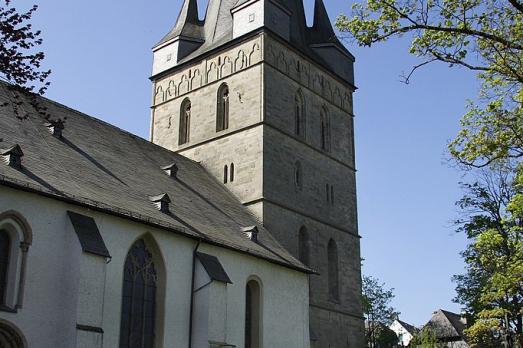
Propsteikirche St. Petrus und Andreas
Brilon, DE
The construction of the provost church of St. Peter and Andre began shortly after the foundation of Brilon, between 1220 and 1250. The three-bay late Romanesque hall church has a transept and a two-bay right choir, both built in the 14th century. The powerful early Gothic west tower was erected after the completion of the nave. Much of the interior was renovated between 1770 and 1776. The last major renovation of the exterior and roof took place between 1967 and 1970 under the direction of the architect H. Stiegemann.
